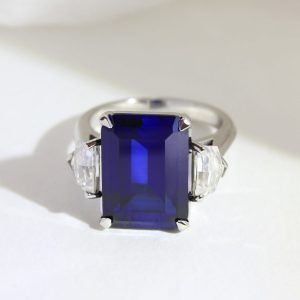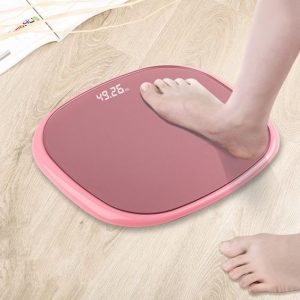Things to Keep in Mind When Shopping For Antique Jewellery

About Antique Jewellery
There are a few different things to keep in mind when shopping for vintage jewelry. The first is knowing what exactly defines a piece of jewellery as vintage or antique. The term vintage refers to second-hand jewellery that is older than 20 years, while antique jewelry is any item more than 100 years old.
You can also determine the era of your piece by looking at the designs, motifs and materials used. For instance, during the Victorian Romantic Era (1837-1850), nature-inspired motifs like flowers and butterflies were common, while the Middle Victorian Grand Era (1860-1880) was marked by darker brooches and lockets. The late Victorian Aesthetic Era (1885-1900) saw more cheerful designs including bow and flower motifs. The Edwardian Era (1901-1910) was marked by sweeping curves, geometric patterns and bright gemstones such as sapphires.
A few other things to keep in mind when searching for vintage jewellery include examining the piece for hallmarks, which can help you learn more about the history of the piece. Look for hallmarks that show the country of origin and the metal type, as well as other symbols and signatures that are often placed on the back of a piece.
Lastly, always be sure to check the condition of your piece. Vintage pieces will typically exhibit signs of wear and tear, which is to be expected of pre-loved jewellery. But don’t be put off by this, as the blemishes and scratches can enhance the beauty of an antique piece, and are a sign of its quality and authenticity.
Antique Jewellery
Antique jewellery is anything more than 100 years old and therefore quite rare and precious. Our ancestors wore jewels to denote their social status, region and profession as well as for various special occasions like coronation ceremonies, solar and lunar eclipses and falling comets. It was also a symbol of wealth and prosperity and the rich could even buy and sell their precious jewelry.
As time passed, events of the times influenced how designs were created and what motifs became vogue. These trends can be seen in the way our ancestors designed their jewellery and the type of metals they used for their craft.
One of the most popular styles of antique jewellery is Meenakari. The art of meena work originated in Rajasthani and Gujarati royal courts. It is a labour-intensive process where small grooves are etched in the surface of gold, silver or copper and then filled with suitable coloured enamel dust which travels into the grooves to enhance the ornament’s aesthetic coefficient. Jewellery pieces such as bracelets, necklaces, earrings and rings are made with this technique and are highly in demand by today’s fashion-conscious brides.
A specialised type of Meenakari jewellery known as Kundan is extremely beautiful and intricate. It is crafted by artisans from Bikaner, Varanasi and Hyderabad in India. Kundan jewellery is heavily adorned with rubies, sapphires and diamonds and is highly coveted.
Another type of vintage jewellery is oxidised metal jewellery. This includes brooches, link bracelets, fans and hair accessories and is a style that was popular in the 1920’s when Art Deco jewellery was all the rage. It consists of bold, angular geometric shapes and is very elegant.
The era of Art Deco was marked by the use of geometric patterns, symmetrical outlines and coloured gemstones. Jewellery of this period tended to be heavy with oversized diamonds and emerald-cut stones. It was also the first time that women’s jewellery saw a lot of colour and the use of lace-like filigree patterned designs.
A great way to get an idea of what a piece of jewellery was worn in the past is to look at the metal purity stamps which are usually embossed on it. A gold purity stamp will have ’14k’ or ‘585’ on it to denote its gold content and a silver purity stamp will say ‘925’ meaning 92.5% pure silver. Moreover, true vintage jewellery will be handcrafted and often displays signs of wear such as scratches and loose clasps. Nevertheless, these minor flaws and scratches add to the character of the piece and make it more authentic. It is important to note that true vintage jewellery will have a lived-in, worn-in look and this is something that many people find attractive in a piece of jewellery. In short, the right kind of antique jewellery is something that will be treasured for generations to come. It can be a piece that has been handed down in the family or something you’ve bought to suit your personal taste.






